With a commanding 92% market share and over 4 billion users in 2022, Google stands as the number one search engine on the internet.
Additionally, nearly 3 million businesses use Google's marketing services — solidifying its status as a top advertising hub.
These statistics drive home the importance of getting your website on Google Search. In this article, we’ll cover everything you need to know about featuring your web page on Google.
How Does Google Find Websites?
Google uses its Googlebot to crawl billions of web pages, starting with URLs from previous crawls and sitemap data from Google Search Console.
New pages in your sitemap are crawled and potentially listed in search results.
“If you have dynamic content on your website or page, Googlebot may not be able to read it properly.”
Once crawling is done, the information is added to Google's index, ensuring new or updated content on your site is listed.
Google then analyzes elements like title tags, meta descriptions, and alt tags to display your site in relevant search results.
What Are Indexed Pages?
Indexed pages are web pages that a search engine has visited, analyzed, and stored. They are indexed either by request from the website owner or through discovery via links by the search engine bot.
Unindexed pages are not in Google's database for various reasons, such as being unknown to Google, having incorrect URLs or domain names, etc.
Since July 2019, Google has used mobile-first indexing for all new websites, as over 54% of web traffic comes from mobile devices.
How Long Does It Take Google to Index?
If you don't manually submit an updated sitemap, indexing your website can take from an hour to weeks.
To track this, use Google's Index Status report or the URL Inspection tool.
However, manually submitting a sitemap can speed up the process to just minutes or an hour.

How to Feature Your Website in Google Search
Submit your website to Google
To submit your website to Google, whether it's new or you're adding new pages, you first need to register with Google Search Console.
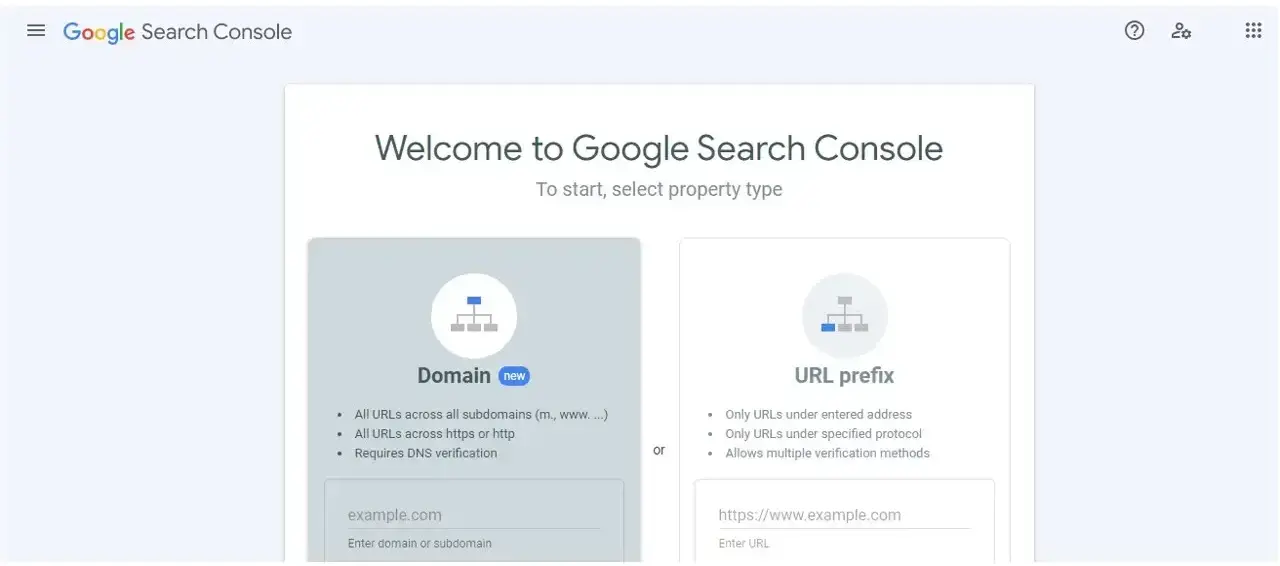
Submitting a New Website:
- Register and verify your site on Google Search Console.
- Click on this link.
- Select "submit a sitemap" to submit your site.
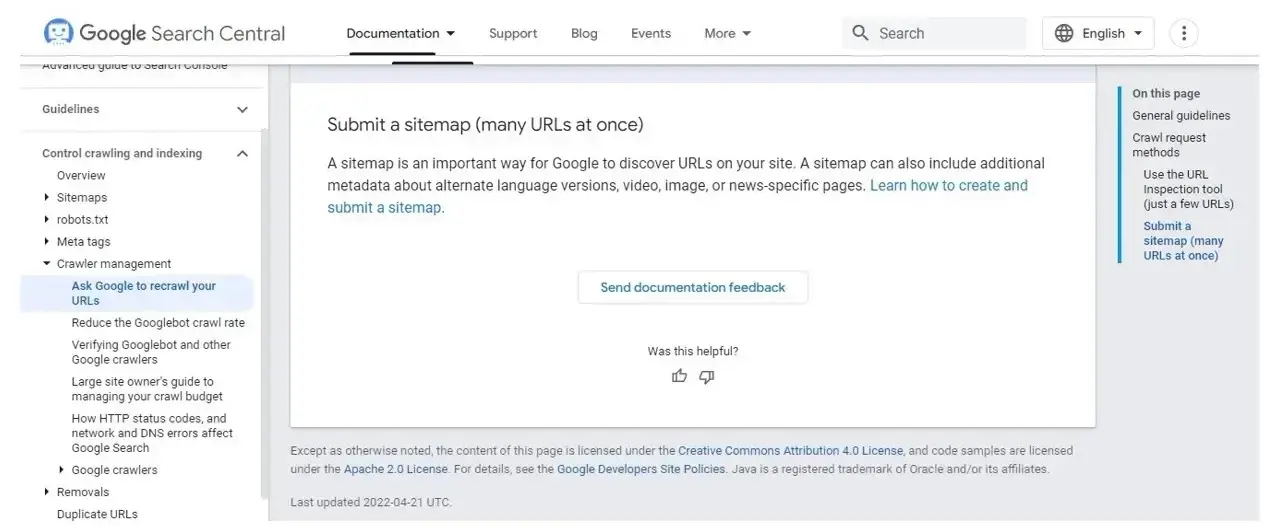
Adding New Pages to an Existing Website:
- Ensure you own the URL of the web pages.
- Two methods are available:
Method #1: Submit an Updated Sitemap
- Log into Google Search Console.
- Choose "add a property option."

- Submit your updated sitemap.

Method #2: Use Fetch as Google
- Access Google Search Console.
- Select your property.
- Find "Fetch as Google" under "crawl."
- Enter the URL path and fetch the page.
- Complete fetch, then use "request indexing" or "submit to index" for re-crawling and reindexing of eligible website pages
To quickly update important website content on Google, submit an updated sitemap or indexing request whenever you add a new web page.
That said, keep in mind that Google automatically re-crawls pages, so you can also let this happen naturally as you regularly publish and update content.
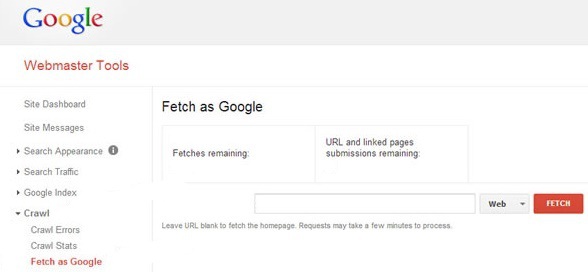
Choose your keywords carefully
Selecting appropriate keywords is crucial as they help customers find your website.
- Choose keywords relevant to your business
- Consider what terms customers might use to search for your products and services.
- Use concise, easy-to-spell, and memorable keywords.
Pay attention to meta tags
Meta tags are snippets of text that appear in Google search engine results, offering a preview of your content.
In search results, the title tag appears in blue, while a brief meta description is shown in black below it. This set of information is called metadata.
Though not visible on your website, it's important to create clear metadata for each webpage, including relevant keywords.
This helps Google assess your content's relevance to search queries, improving the likelihood of your site being featured in the search engine results page(SERP).
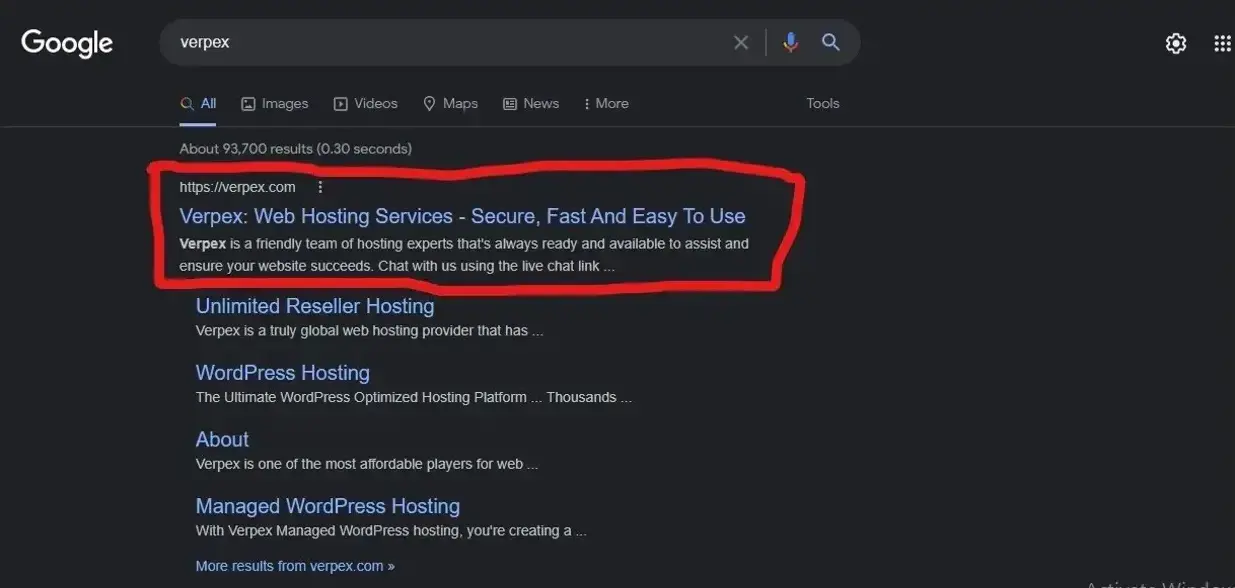
Make your website mobile-friendly
Mobile device optimization is essential for website traffic. Your website must be optimized for mobile devices so that you can reach mobile users.
- Over half of website traffic comes from mobile devices.
- About 61% of Google searches are made on mobile devices.
- Optimization ensures fast load times; 53% of mobile users leave if loading exceeds three seconds.
- A fast, user-friendly mobile site encourages longer visits, boosting traffic and Google SERP rankings.
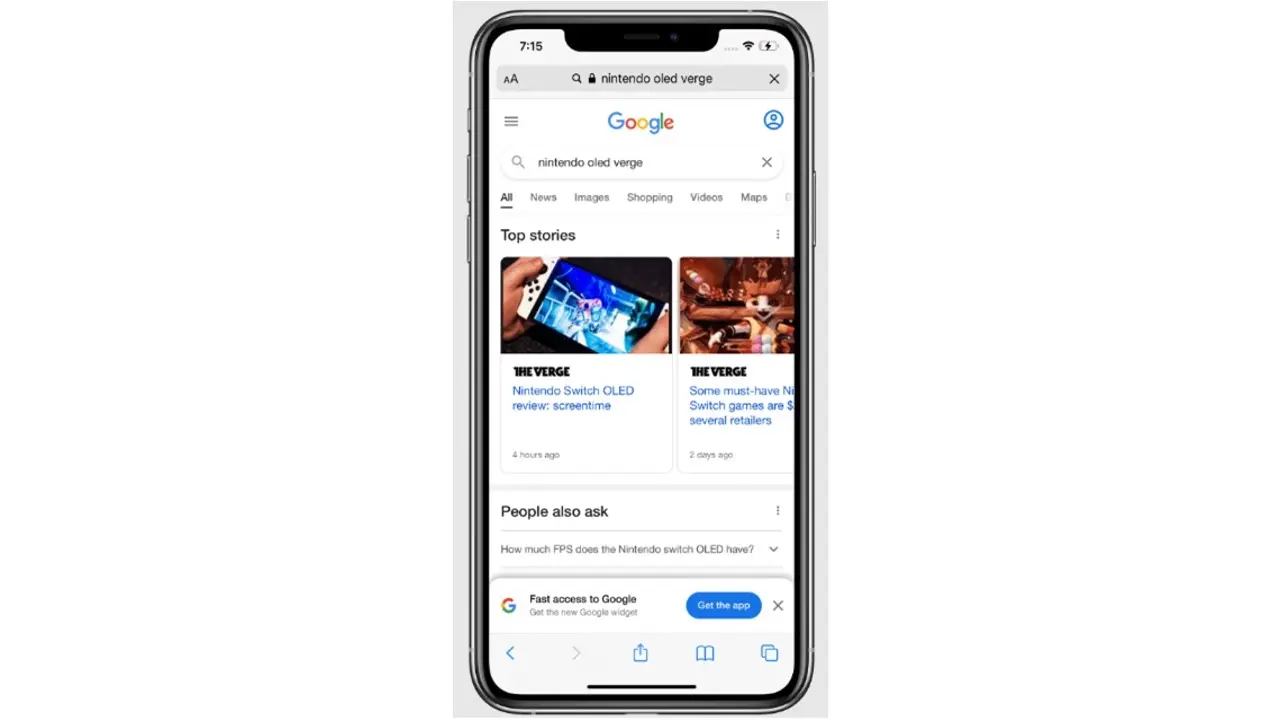
If appropriate, use local SEO
Local SEO is crucial for businesses with physical locations and new businesses aiming to reach local customers.
It boosts your website's traffic and visibility on Google — stats show that searches with "near me" rose by 136% in 2022 alone.
Using local SEO can boost your website's Google ranking due to increased visits.
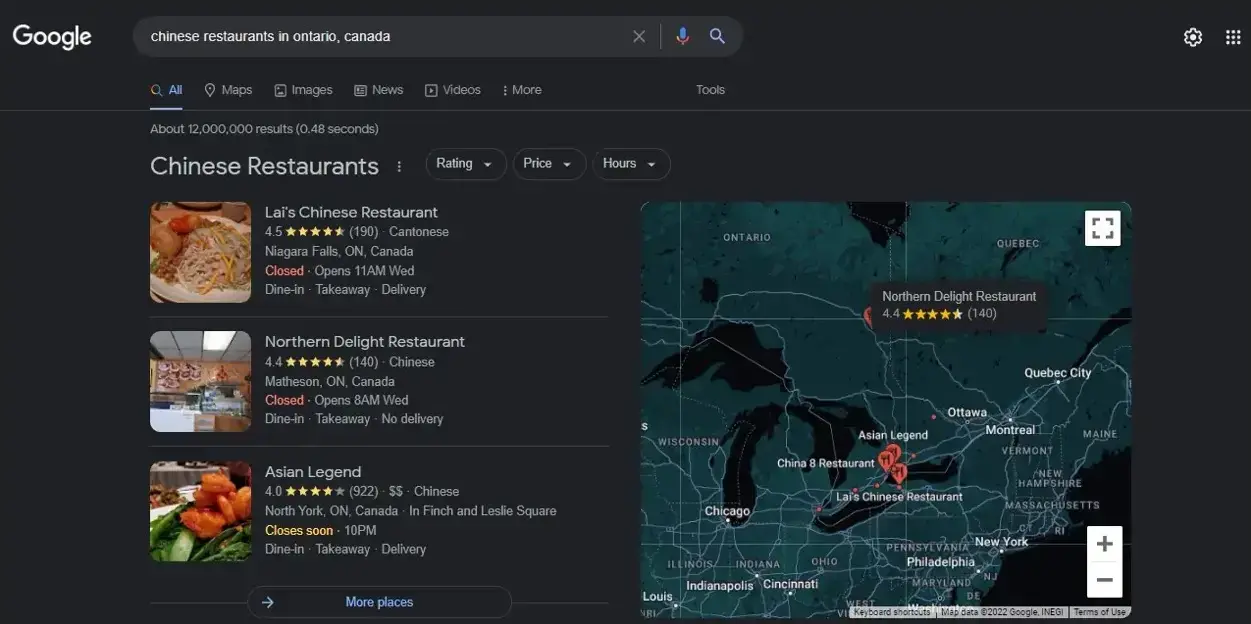
Create backlinks
Backlinks significantly boost your website's search engine ranking by linking your content to other websites or blogs.
Create high-quality content for websites in your niche to attract interested customers and demonstrate your expertise, enhancing your brand and authority.
Include backlinks in your niche content to improve visibility and make it easier for Google and potential customers to find your site.
Post your website's URL on all social media profiles and relevant directories to increase exposure in your niche and region.
How to Check if Your Site Is Indexed by Google
To verify if Google has indexed your website, use simple search techniques or Google's tools.
Perform a Google search with your website's address or a specific content snippet in quotation marks to see if your site appears in the results.
Utilize Google's "site" search operator by typing "site:www.websitename.com" in the search bar.
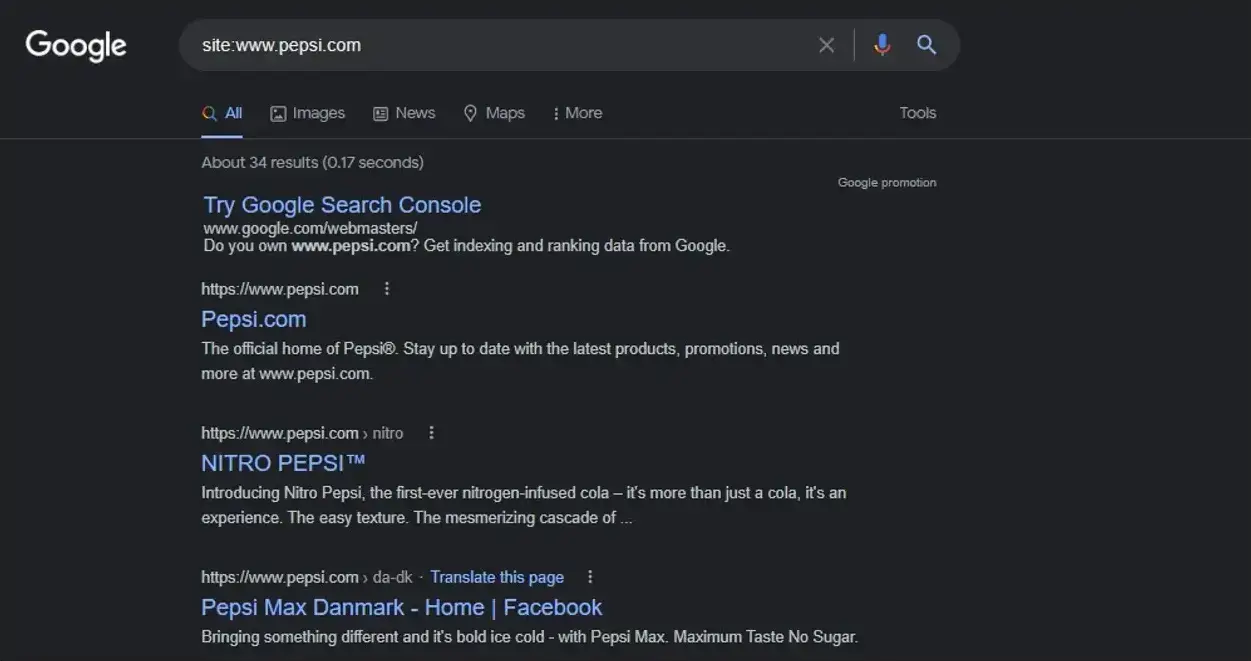
- Check your Google Search Console account under the “Coverage” section to view crawling status, blocked, or excluded pages, and other indexing details.
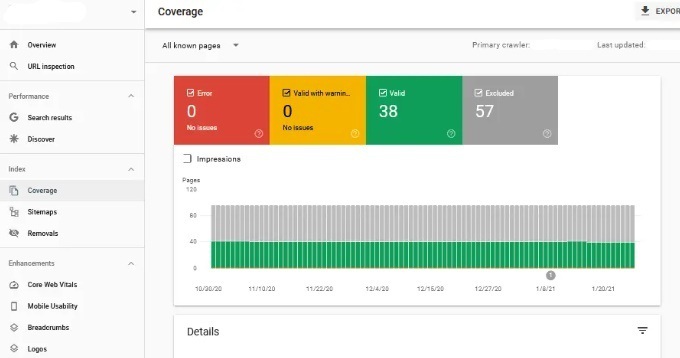
The Rise of Mobile-First Indexing and Its Impact
As most internet users now browse on mobile devices, Google has adopted mobile-first indexing, greatly affecting website rankings and their display in search results.
Here's a breakdown of key aspects:
Impact on Website Design and SEO
Websites not optimized for mobile devices may experience a drop in rankings.
Mobile-friendliness has become a crucial ranking factor.
Sites must ensure parity between content, structured data, and meta tags on both mobile and desktop versions.
The Need for Responsive Design
Responsive web design ensures that a website looks and functions well on all devices, which is now essential for maintaining search engine rankings.
Speed and usability are key; sites should load quickly and be easy to navigate on a small screen.
Enhanced User Experience
Google's shift to mobile-first indexing aims to improve the overall user experience on mobile, reflecting the majority of users' browsing habits.
A good mobile experience leads to higher engagement rates and potentially better conversion rates.
Implications for Content Strategy
Content should be optimized for mobile consumption, including shorter paragraphs, easy-to-read fonts, and accessible design elements.
Multimedia content should be mobile-friendly, avoiding formats that are not supported on all mobile devices.
Technical SEO Considerations
Technical SEO elements like structured data, sitemaps, and meta tags need to be consistent across mobile and desktop versions.
Mobile-first indexing places greater importance on mobile site speed and performance optimization.
Monitoring and Adapting
Regularly check Google Search Console to understand how your site performs in the context of mobile-first indexing.
Stay informed about further updates from Google, as the search engine continuously evolves its algorithms and indexing strategies.
Strategies for Overcoming Common Indexing Issues
To boost your website's online visibility, start by using Google Search Console to identify and resolve indexing issues.
Speed up your site to ensure complete crawling; optimize images, use browser caching, and reduce redirects. Also, make sure your site is mobile-friendly for better mobile-first indexing.
Address crawl errors by monitoring Google Search Console, fixing broken links, server errors, and correcting robot.txt files.
Use canonical tags to avoid duplicate content and remove any 'noindex' tags that block indexing.
Going forward, ensure you keep a well-organized website with easy navigation and internal links. This will make it easier for Google to crawl your site.
Conclusion
There are various strategies to get your website visible on Google.
By choosing the right steps for your needs, you can quickly and easily boost your site's ranking in Google search results.
Don't delay – create or log into your Google Search Console account today to make the most of the many benefits of Google and announce your online presence!
Frequently Asked Questions
Does Google have free web hosting?
Google doesn’t provide free hosting; however, they do provide PAAS (Platform As A Service), known as GAE (Google App Engine).
What makes a certain domain valuable?
Valuable domains are usually memorable, easy to spell, pronounce, and short.
How do I choose a design for my website?
One of the most important things when creating a website for your art is the design. Even though your pieces of art might be amazing, people will leave if your site is hard to navigate. This is why it’s important that the site is easy on the eyes and easy to navigate.
Will Google automatically index my site?
Unless you block Google at the server level or instruct it not to index your site using robots.txt or a noindex meta tag, Google will automatically find and index your existing pages.
How do I index my website on all search engines?
To get your website indexed, you need an XML sitemap. This sitemap outlines your website's structure, showing the connections between all pages and their locations. Search engines use these sitemaps for quicker and more effective content indexing.

I've been navigating the web hosting waters for years now. As the Chief Editor at Verpex, I team up with some awesome writers to dish out the good stuff on hosting. Got a Master's in Journalism, so I always have an eye out for quality. Whether you're just dipping your toes or you're a seasoned surfer, I'm here to make everything web hosting feel like a breeze
View all posts by Julia Lozanov



















